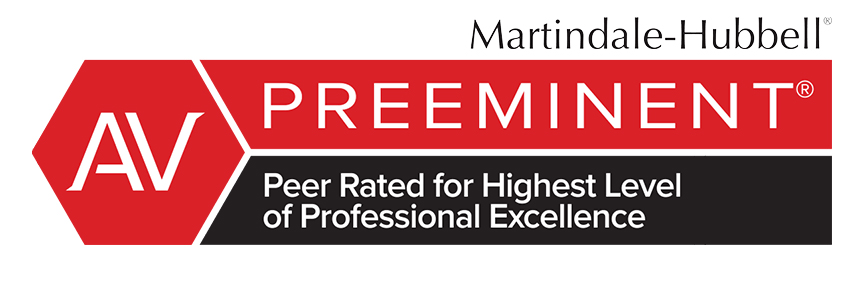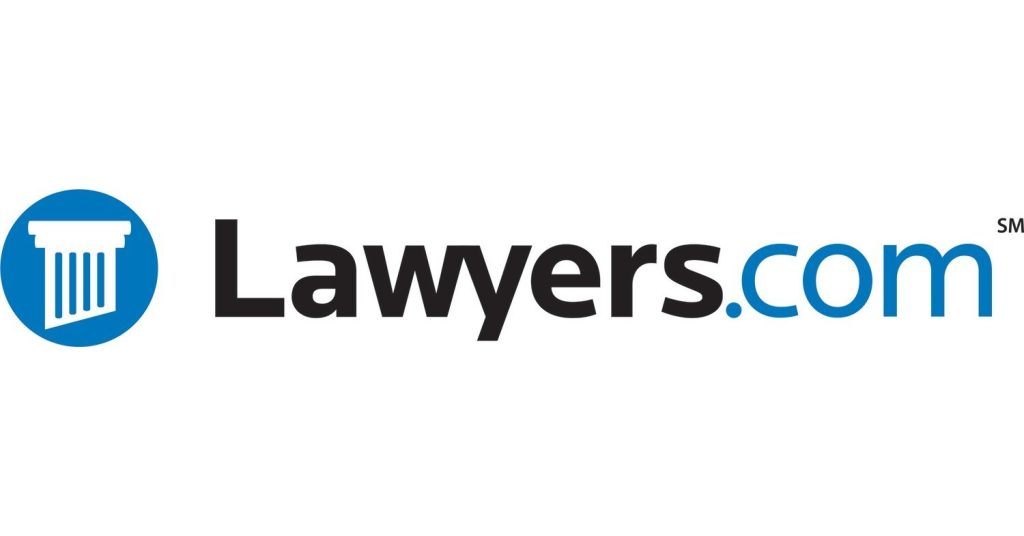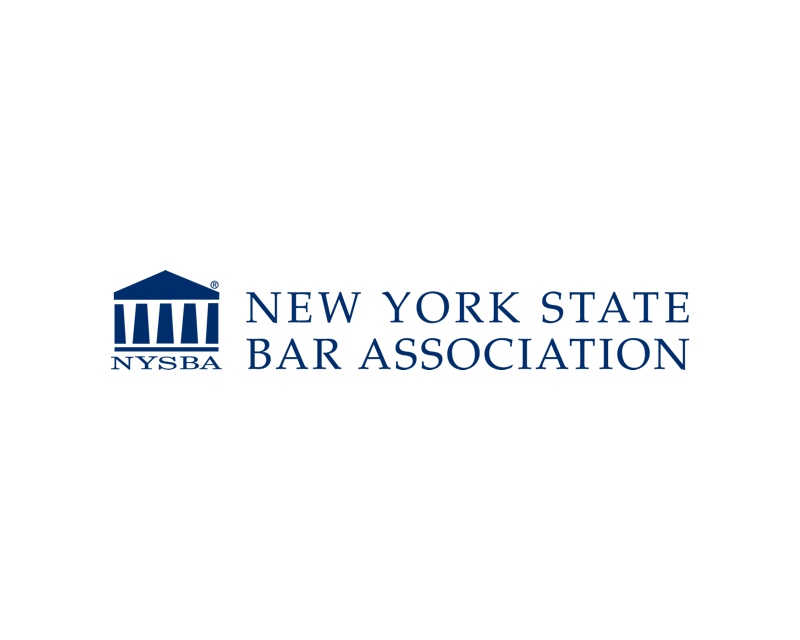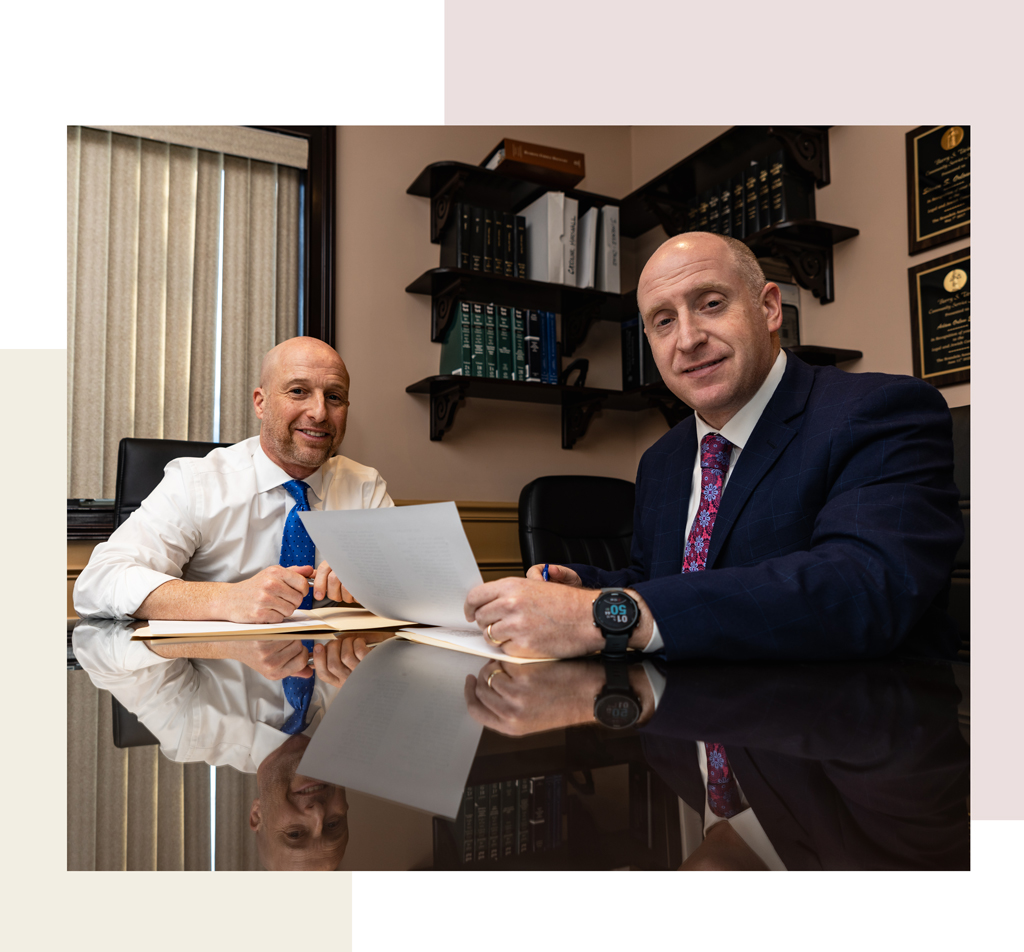Determining Fault by Location of Damage in a Car Accident
Quick Answer: The location of vehicle damage can help indicate fault in a car accident—for example, rear-end damage often suggests the trailing driver was at fault, while side-impact damage may point to a failure to yield or improper lane change. However, determining fault typically requires considering additional evidence and circumstances specific to the accident.
How Does Vehicle Damage Location Help Determine Fault in a Car Accident?
Understanding Determining Fault by Location of Damage in a Car Accident is crucial for anyone involved in a vehicle collision in New York City. When a car accident occurs, one of the primary questions that insurance companies, attorneys, and courts ask is: “Who is at fault?” The answer often lies in carefully examining where the damage is located on each vehicle involved.
The location and extent of damage can provide valuable clues about the circumstances leading up to the collision. By assessing this physical evidence, investigators can reconstruct the events and determine which driver may have violated traffic laws or failed to exercise reasonable care. For instance, front-end damage typically suggests that the driver hit something directly in front of them, potentially indicating a failure to brake in time due to speeding, distraction, or following too closely. Conversely, rear-end damage usually implies that the vehicle was struck from behind, often suggesting that the trailing driver failed to maintain a safe distance or reacted too slowly.
Side-impact damage, often seen in intersection collisions, can indicate which vehicle had the right of way and which driver may have run a stop sign or red light. Similarly, corner or diagonal damage could reflect a scenario in which a driver attempted an unsafe lane change or failed to yield appropriately.
However, it’s important to remember that determining fault based solely on vehicle damage can be complex. Other factors—such as witness testimony, traffic camera footage, police reports, and roadway conditions—also play essential roles in establishing liability. Vehicle damage alone does not always conclusively prove fault, but it serves as a critical piece of the puzzle in most accident investigations.
If you’ve been involved in a car accident in NYC, documenting the damage thoroughly and promptly can greatly assist in establishing fault and protecting your rights. Taking clear photographs of the damage from multiple angles, noting the position of vehicles, and recording any visible skid marks or debris can strengthen your claim.
For personalized guidance and assistance with determining fault in your NYC car accident, don’t hesitate to contact The Orlow Firm at (646) 647-3398. Our dedicated attorneys are here to help you navigate this challenging process.
Front-End Damage: What It Reveals About Fault in New York Car Accidents
Front-end damage in a car accident can provide significant clues about who may be at fault, particularly in New York City, where congested streets and frequent stop-and-go traffic are common. Generally, when the front of a vehicle sustains damage, it suggests that the driver collided with something ahead of them, often pointing to some level of responsibility on their part.
For example, front-end damage typically occurs in scenarios such as:
- Rear-End Collisions: If your car has front-end damage and the other vehicle has damage to the rear, it usually indicates that you may have struck the car in front of you. In most cases, New York law presumes the driver in the rear position is at fault for failing to maintain a safe following distance or for inattentive driving.
- Head-On Collisions: When two vehicles collide front-to-front, the damage to both vehicles’ front ends can be extensive. Determining fault in these cases often requires examining additional factors such as lane markings, eyewitness accounts, or traffic camera footage to assess which driver crossed into oncoming traffic or violated traffic laws.
- Collisions with Stationary Objects: Front-end damage can also result from hitting stationary objects, such as parked cars, poles, or barriers. In these incidents, fault usually lies with the driver who failed to avoid the stationary object, barring unusual circumstances like improperly placed construction barriers or inadequate road signage.
It’s important to understand that while front-end damage can strongly indicate fault, it doesn’t automatically determine liability. Insurance companies, law enforcement, and attorneys will also consider other factors, such as:
- Traffic laws violated by each driver involved
- Witness statements and police reports
- Road conditions and weather at the time of the accident
- Driver behaviors, such as speeding, distraction, or impairment
- Available video surveillance or dash-cam footage
If you’ve been involved in a car accident in New York City and your vehicle has front-end damage, documenting the scene thoroughly can be crucial. Take clear photographs of the damage to all involved vehicles, the surrounding environment, and any relevant road signs or signals. These details can be instrumental in accurately determining fault and securing fair compensation for your injuries and damages.
If you have questions about fault determination after a car accident in NYC or need assistance with your case, contact The Orlow Firm today at (646) 647-3398 for a free consultation.
Rear-End Collisions: Understanding Liability Through Vehicle Damage
Rear-end collisions are among the most common types of car accidents in New York City and throughout the state. Typically, when a vehicle is struck from behind, liability often falls on the driver of the rear car. This is because drivers are legally required to maintain a safe following distance and remain attentive to road conditions to avoid collisions.
When assessing liability in rear-end accidents, vehicle damage can play a significant role. Damage to the rear bumper, trunk, or back end of the front vehicle, combined with front-end damage to the trailing vehicle, clearly indicates which car was struck and which performed the striking. In most cases, these patterns of damage strongly support the presumption that the trailing driver was at fault.
However, it is important to understand that liability is not automatically assigned solely based on damage location. There are certain circumstances where the driver in front could bear some responsibility. Examples of situations where fault might be shared or shifted include:
- Sudden and unnecessary braking: If the front driver abruptly stops in a situation where it is not reasonable or safe to do so, they might be found partially at fault.
- Non-functioning brake lights: If the front vehicle’s brake lights or rear signals are broken or malfunctioning, the trailing driver may not have adequate warning to stop in time.
- Reversing unexpectedly: If the driver in front reverses suddenly or without reason, they could be liable for the accident.
Insurance companies and courts often examine the specifics of the collision carefully, including vehicle damage, witness statements, and available surveillance footage, to establish fault accurately. While the location and extent of vehicle damage provides valuable evidence, it is generally considered alongside other factors to reach a fair determination of liability.
If you’ve been involved in a rear-end collision in New York City, it is essential to document the damage to both vehicles thoroughly. Taking clear photographs from multiple angles at the scene of the accident can significantly strengthen your claim. Consulting a knowledgeable New York personal injury attorney can help you understand your rights and the options available to you.
If you have questions about determining fault in your rear-end collision case, contact The Orlow Firm today at (646) 647-3398 for a free consultation.
Side-Impact Crashes: Determining Fault From Door and Side Panel Damage
Side-impact crashes, often referred to as “T-bone” accidents, occur when one vehicle strikes the side of another. These accidents frequently happen at intersections, parking lots, and when drivers fail to yield the right of way. The location and severity of damage on vehicle doors and side panels can provide critical clues about who may be at fault.
Typically, the vehicle that has sustained damage on its side—particularly along the doors, side panels, or middle portion—is often the victim of the collision. Conversely, the vehicle with front-end damage is usually considered responsible for causing the accident. This general rule applies because, in most scenarios, the driver with side damage had the right of way, while the driver with front-end damage failed to yield properly or violated traffic rules.
For example, imagine a scenario where a driver runs a red light at a busy Manhattan intersection and strikes the side of a vehicle that was legally crossing on a green light. The driver who ran the red light would typically have front-end damage, while the victim’s vehicle would show clear impact marks on the side doors or panels. In this case, the location of the damage strongly indicates fault on the part of the driver who disregarded the traffic signal.
However, it’s important to understand that not all side-impact collisions are straightforward. Factors such as traffic signals, stop signs, road conditions, and driver behavior must also be considered. For instance, if a driver makes an unsafe lane change or an illegal turn into the path of another vehicle, assigning fault may become more complex, and the damage alone might not conclusively determine liability.
When evaluating fault in side-impact crashes, insurance adjusters and attorneys typically consider:
- Traffic control devices: Did either driver ignore a red light, stop sign, or other traffic signal?
- Right-of-way rules: Was one driver legally obligated to yield to the other?
- Witness statements: Were there any eyewitnesses who can confirm the sequence of events leading to the crash?
- Surveillance footage: Are there traffic cameras or surveillance videos available to provide visual evidence?
- Police reports: Did responding officers document any violations or citations at the scene?
If you’ve been involved in a side-impact collision in New York City, documenting the damage to your vehicle thoroughly and accurately is crucial. Take clear photos from multiple angles and pay close attention to the exact points of impact. This evidence, combined with a detailed police report and witness testimony, can significantly strengthen your claim.
Understanding how vehicle damage can determine fault is essential in protecting your rights and pursuing fair compensation. If you have questions or need help after a side-impact crash in NYC, contact The Orlow Firm at (646) 647-3398 for a consultation to discuss your specific situation and options.
Corner and Diagonal Damage: Who’s at Fault in Intersection Accidents?
Intersection accidents frequently result in corner and diagonal damage to vehicles, making fault determination challenging. In New York, intersections can be particularly complex due to heavy traffic, multiple lanes, pedestrian crossings, and varying traffic signals. When vehicles collide at an angle, the location and extent of the damage can offer valuable clues about how the accident occurred and who may be responsible.
Typically, corner or diagonal damage occurs when vehicles collide while traveling in different directions, often due to one driver’s failure to yield the right-of-way. For instance, if a car has damage to its front-right corner, it may indicate that the driver was attempting a left turn when another vehicle traveling straight through the intersection collided with it. Conversely, damage to the front-left corner might suggest the opposite scenario—a driver turning right or proceeding straight when another vehicle failed to yield or obey traffic signals.
To accurately analyze corner and diagonal damage, authorities and insurance companies often consider:
- Traffic Signals and Signs: Determining who had the right-of-way is crucial. If one driver ran a red light or stop sign, they would typically bear responsibility for the collision.
- Vehicle Positioning: The precise angle at which vehicles collided can indicate the direction each car was heading and whether any driver made improper maneuvers.
- Witness Statements: Eyewitness accounts can corroborate the physical evidence provided by vehicle damage, clarifying the sequence of events.
- Surveillance Footage: In NYC, many intersections have traffic cameras or nearby businesses with security footage that can provide clear evidence of fault.
However, it’s important to note that corner or diagonal damage alone doesn’t always conclusively determine fault. Sometimes, both drivers may share responsibility. New York follows a comparative negligence system, meaning fault can be apportioned between parties based on their individual contributions to the accident. Therefore, even if the physical evidence appears straightforward, a thorough investigation considering all available evidence is necessary.
If you’ve been involved in an intersection accident in New York City, documenting the scene and the damage to your vehicle thoroughly can significantly help your case. Photos, witness information, and police reports can all aid in establishing liability. For personalized guidance and assistance in understanding your rights following an intersection accident, contact The Orlow Firm directly at (646) 647-3398. Our experienced attorneys can evaluate your situation and help you navigate the complexities of determining fault based on vehicle damage.
Common Misconceptions About Fault and Vehicle Damage Location
When it comes to determining fault in car accidents, misconceptions about the location of vehicle damage are widespread. Many drivers mistakenly believe that the position of damage alone can clearly indicate who is responsible. However, the reality is often more complex. Here are some common misconceptions to be aware of:
- Misconception: Rear-end damage always means the driver behind is at fault. While it’s true that rear-end collisions often result from the trailing driver’s negligence, this isn’t always the case. For example, if the front driver suddenly reverses, stops unexpectedly in moving traffic without cause, or has malfunctioning brake lights, the trailing driver may not bear full responsibility.
- Misconception: Front-end damage automatically indicates fault. Front-end damage frequently occurs in accidents, but this doesn’t always imply that the driver with front-end damage caused the collision. For instance, a vehicle turning left across traffic may be hit by an oncoming car traveling straight, resulting in front-end damage to the turning vehicle. In such cases, fault determination requires examining traffic signals, right-of-way rules, and witness statements.
- Misconception: Side-impact damage clearly shows fault. While side-impact collisions (sometimes referred to as “T-bone” crashes) often suggest that one driver failed to yield, the damage alone isn’t conclusive. Intersection accidents, for example, require careful consideration of traffic signals, stop signs, and driver actions immediately before the crash to determine who had the right-of-way.
- Misconception: The severity of damage directly correlates to fault. Some people mistakenly assume that the driver with the more severely damaged vehicle is less at fault. However, damage severity does not necessarily indicate responsibility. A smaller vehicle impacting a larger vehicle may sustain greater damage, regardless of fault.
- Misconception: Insurance companies rely solely on vehicle damage to determine fault. While insurance adjusters carefully evaluate damage, their assessments also incorporate other critical evidence, including police reports, witness statements, traffic laws, and video or photographic evidence from the accident scene.
Ultimately, vehicle damage location is just one piece of the puzzle in determining fault after a car accident. A comprehensive evaluation includes multiple factors. If you’ve been involved in a car accident in New York City, it’s important to thoroughly document the scene and contact an experienced car accident attorney who can help clarify liability and protect your rights. For assistance, reach out to The Orlow Firm directly at (646) 647-3398.
How Insurance Companies Assess Fault Based on Car Damage in NYC
Insurance companies in New York City utilize vehicle damage as one of several important factors in determining fault after a car accident. Understanding how insurers analyze this damage can help you prepare your claim and safeguard your rights.
When assessing fault based on car damage, insurance adjusters typically consider the following aspects:
- Type and Location of Damage: Adjusters closely examine the specific areas of damage on each vehicle. For example, rear-end damage generally indicates that the driver behind failed to stop in time, suggesting that driver is likely at fault. Similarly, front-end damage might indicate the driver failed to maintain a safe following distance or did not react promptly to conditions ahead.
- Extent and Severity of Damage: The severity of the damage can offer clues about the speed, direction, and actions of each vehicle involved. Severe damage to one vehicle but minor damage to another may suggest differences in driving behavior, such as speeding or sudden braking.
- Consistency with Statements and Evidence: Insurance companies compare the damage observed on vehicles with statements from drivers, passengers, and witnesses. They also review police reports, photographs from the accident scene, and available video footage. Any inconsistencies between vehicle damage and these statements can raise questions about credibility and fault.
- Accident Reconstruction Specialists: In more complex cases, insurance companies may employ accident reconstruction specialists. These professionals use the location and nature of vehicle damage, along with road conditions, skid marks, and other evidence, to create a detailed analysis of how the collision occurred.
It’s important to note that while vehicle damage provides valuable insights, insurance companies do not rely solely on car damage to determine fault. Other elements, such as traffic laws, eyewitness testimony, driver statements, and police reports, also play crucial roles in the final decision.
In New York, which is a “no-fault” insurance state, your insurance company generally covers your medical expenses and certain economic losses regardless of who caused the accident. However, determining fault remains essential, especially when seeking compensation for vehicle repair or replacement, or pursuing a personal injury lawsuit for serious injuries.
If you have questions about how your insurance company is assessing fault based on car damage or if you believe the assessment is incorrect, it’s wise to seek legal guidance. The Orlow Firm can help you understand your rights and options. For a free consultation, contact us today at (646) 647-3398.
Gathering Evidence: Documenting Vehicle Damage to Strengthen Your Claim
After a car accident in New York City, the location and extent of vehicle damage can be critical evidence when determining fault. Properly documenting vehicle damage immediately after your accident can significantly strengthen your claim, increasing your chances of fair compensation.
Here are essential steps you should follow to gather clear and compelling evidence of vehicle damage:
- Take Clear Photographs: Use your smartphone or camera to capture detailed images of vehicle damage from multiple angles. Include close-ups of specific points of impact, such as scratches, dents, and broken lights, as well as wider shots that show the overall context and positioning of vehicles at the accident scene.
- Capture the Scene: Alongside vehicle damage, photograph the broader accident scene. Capture street signs, traffic signals, skid marks, debris, and other environmental factors that may have contributed to the collision. This context can help investigators and insurance adjusters reconstruct how the accident occurred.
- Consider Video Evidence: A short video can offer additional clarity, allowing you to narrate key details of the accident and demonstrate the relationship between the vehicles involved. Video footage can also show traffic conditions, weather, and visibility at the time of the accident.
- Obtain Witness Information: If there were witnesses to the accident, collect their contact information and statements, if possible. Witness accounts can corroborate your description of the accident and confirm the vehicle damage aligns with your version of events.
- Request the Police Report: Always call the police after an accident, even if it seems minor. The responding officers will draft a police report detailing their observations, which may include diagrams of vehicle damage and initial determinations about fault. This report is valuable evidence for your claim.
- Seek a Professional Inspection: Have your vehicle inspected by a licensed mechanic or collision repair professional. Their detailed report can confirm the extent and nature of the damage, potentially supporting your claims about how the accident occurred and who may be at fault.
Accurate and thorough documentation of vehicle damage is crucial for demonstrating liability in New York car accident cases. If you’re unsure about the process or need assistance in gathering and presenting evidence effectively, contact The Orlow Firm at (646) 647-3398. Our experienced attorneys can guide you through each step, helping you protect your rights and pursue the compensation you deserve.
Legal Considerations in Determining Fault by Vehicle Damage in New York
In New York, determining fault in a car accident involves careful scrutiny of various factors beyond just the location of vehicle damage. While the position and extent of damage can offer valuable insights into how the collision occurred, it is essential to understand that vehicle damage alone typically does not conclusively establish fault in a legal context.
Under New York law, establishing fault—also known as liability—in car accident cases hinges upon demonstrating negligence. Negligence refers to the failure of a driver to exercise reasonable care, resulting in harm to another party. To successfully prove negligence, four critical elements must be shown:
- Duty of Care: The driver had an obligation to drive safely and responsibly, adhering to traffic laws and considering the safety of others.
- Breach of Duty: The driver failed to meet this obligation by engaging in actions such as speeding, ignoring traffic signals, or driving distracted.
- Causation: The driver’s breach of duty directly led to the accident and resulting injuries or damages.
- Damages: Actual losses, such as physical injuries, property damage, medical expenses, or lost wages, were incurred as a result of the accident.
Vehicle damage can help illustrate these elements by providing visual evidence of how the accident unfolded. For example, rear-end damage often indicates that the trailing vehicle failed to maintain a safe following distance or was inattentive, thus breaching their duty of care.
However, it is important to note that New York follows a comparative negligence system. Under this system, fault can be shared among multiple parties involved in an accident. If you are found partially responsible for the collision, your compensation may be reduced proportionally according to your percentage of fault. Vehicle damage can assist in determining these percentages, though other forms of evidence—such as witness testimonies, police reports, and traffic camera footage—often play crucial roles.
Additionally, insurance companies and courts in New York consider the totality of circumstances surrounding the accident. Factors such as weather conditions, traffic flow, visibility, and driver behavior are also examined closely. Therefore, while vehicle damage is a significant piece of the puzzle, it must be assessed alongside other evidence and considerations.
If you have been involved in a car accident in New York City, it is crucial to consult with an experienced personal injury attorney who can help you gather and evaluate evidence, including vehicle damage, to build a strong case for your claim. At The Orlow Firm, our attorneys are committed to thoroughly investigating all aspects of your accident to pursue fair compensation for your injuries and losses. For immediate assistance, contact us today at (646) 647-3398.
Can Vehicle Damage Alone Prove Fault in a Car Accident Case?
While vehicle damage can provide significant clues about fault in a car accident, it generally cannot prove fault entirely on its own. In New York, determining liability is a comprehensive process that often requires examining multiple factors. Vehicle damage location can indicate how an accident occurred and help reconstruct the sequence of events; however, it typically serves as just one piece of a larger puzzle.
For example, rear-end damage usually suggests that the rear driver may have been following too closely or was distracted at the time of the collision. Similarly, damage to the side of a vehicle may indicate a potential T-bone collision at an intersection, suggesting one driver may have failed to yield the right-of-way. Yet, these initial assessments aren’t guaranteed indicators of fault. There might be additional circumstances—like sudden stops, mechanical failures, or other drivers’ actions—that complicate the situation.
Insurance companies, law enforcement, and courts in NYC look at various types of evidence to fully understand fault in a car accident, including:
- Police Reports: Official accounts detailing the accident scene and statements from involved parties and witnesses.
- Witness Testimonies: Independent accounts from people who observed the accident.
- Traffic Camera Footage: Video evidence from nearby surveillance or traffic cameras.
- Expert Reconstruction: Specialists may analyze physical evidence, including vehicle damage and accident scene details, to reconstruct the accident.
In short, while the location and extent of vehicle damage are important in helping to determine fault, they are rarely sufficient proof by themselves. To build a strong case, it’s crucial to gather comprehensive evidence and seek guidance from experienced legal professionals who understand New York’s specific laws and procedures.
If you’ve been involved in a car accident in New York City and have questions about fault determination, contact The Orlow Firm today at (646) 647-3398 for a free consultation. Our experienced attorneys can evaluate your situation and help you understand your options.
Steps to Take After a Car Accident to Protect Your Rights
Being involved in a car accident is stressful and overwhelming, especially when injuries and property damage occur. Taking the right steps immediately after an accident can significantly impact your ability to protect your rights and effectively determine fault based on vehicle damage. Here’s what you should do following a car accident in New York City:
- Ensure Safety and Seek Medical Attention: Your first priority is the safety of everyone involved. If possible, move to a safe location away from traffic. Check yourself and others for injuries and call 911 immediately if anyone is hurt. Even if you feel fine, it’s wise to seek medical attention promptly, as some injuries may not be immediately apparent.
- Contact Law Enforcement: Always call the police, even in minor accidents. A police report provides an official record detailing the accident circumstances, including the location of vehicle damage, which can help establish fault later on.
- Document the Scene and Vehicle Damage: If it’s safe to do so, take clear, detailed photos of your vehicle and any other vehicles involved. Include images of all damage points, as these can serve as critical evidence in determining fault. For example, rear-end damage can indicate the other driver failed to maintain a safe following distance, while side-impact damage often points to a driver failing to yield.
- Exchange Information: Obtain and exchange essential information with all parties involved, including:
Names, addresses, and phone numbers
Driver’s license numbers
Insurance company names and policy numbers
Vehicle makes, models, and license plate numbers - Identify Witnesses: If there were any witnesses to the accident, collect their names and contact information. Witness statements can provide independent accounts of the accident, further strengthening your claim when fault is assessed.
- Avoid Admitting Fault: Be cautious about what you say at the accident scene. Avoid making statements that could be interpreted as accepting fault, such as apologizing or speculating about what you could have done differently. Fault determination often relies heavily on evidence like vehicle damage location and official reports rather than initial statements.
- Notify Your Insurance Company: Promptly inform your insurance company about the accident, providing accurate and concise facts. However, avoid accepting any initial settlement offers or signing documents without first consulting an attorney.
- Keep Detailed Records: Maintain thorough records of all documents related to the accident, including medical bills, repair estimates, police reports, and any correspondence with insurance companies. These records can substantiate your claim regarding fault and damages.
- Consult an Experienced Car Accident Attorney: Determining fault from vehicle damage can be complex, involving multiple factors and differing interpretations by insurance companies. An experienced personal injury attorney can help analyze the damage, gather critical evidence, and advocate effectively on your behalf.
If you’ve been involved in a car accident in New York City and need guidance on determining fault based on vehicle damage, The Orlow Firm is here to help. Contact us today at (646) 647-3398 for a confidential consultation. We are dedicated to helping you understand your rights and pursue the compensation you deserve.
How The Orlow Firm Can Assist With Car Accident Fault Determination in NYC
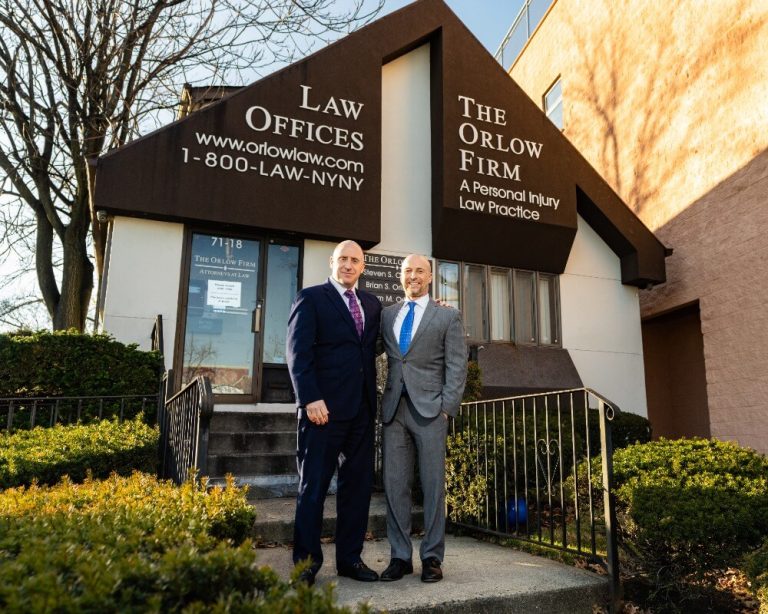
Determining fault in a car accident can be challenging, especially when relying on vehicle damage location alone. At The Orlow Firm, our dedicated team of attorneys understands the complexities involved in assessing liability after a collision in New York City. We carefully analyze all aspects of your accident, including the specific location and extent of vehicle damage, to build a strong case on your behalf.
When you choose to work with The Orlow Firm, we provide comprehensive assistance by:
- Reviewing Accident Reports and Documentation: We thoroughly examine police reports, insurance claims, and medical records to identify crucial details related to your accident. This includes analyzing descriptions of vehicle damage to help determine how the collision occurred and who may be at fault.
- Consulting Accident Reconstruction Specialists: In some cases, vehicle damage alone isn’t enough to establish fault convincingly. Our team collaborates with accident reconstruction professionals who can recreate the crash scenario, using damage patterns on vehicles, road conditions, and witness testimonies to help clarify liability.
- Gathering and Preserving Evidence: We guide you on how to properly document your vehicle’s damage, including taking clear photographs from multiple angles immediately following the accident. Proper documentation can help support your claim, especially when dealing with insurance companies and opposing counsel.
- Negotiating with Insurance Companies: Insurance adjusters often have their own interpretations of fault based on the damage location. Our attorneys will advocate for you, presenting clear evidence and arguments to counter any unfair assessments and strive toward securing fair compensation for your injuries and losses.
- Representing You in Court, if Necessary: If a fair settlement cannot be reached through negotiation, our attorneys are prepared to represent you in court, presenting compelling evidence based on vehicle damage and other relevant factors to help demonstrate the other party’s liability.
At The Orlow Firm, we are committed to providing compassionate, personalized legal support throughout your case. We understand the stress and uncertainty you may be facing after a car accident, and our goal is to clearly explain your rights and options while diligently working to protect your interests.
If you’ve been involved in a car accident in NYC and have questions about determining fault based on vehicle damage, please contact The Orlow Firm today at (646) 647-3398 for a free consultation. We are here to help you navigate this difficult time and seek the justice you deserve.
Cindy Cordova is a seasoned legal writer with over seven years of experience crafting clear, informative, and professional content for law firm websites. With a B.A. in English from Trinity Christian College, she combines her strong writing background with a deep understanding of legal topics to help firms connect with their clients through trustworthy and accessible content.



